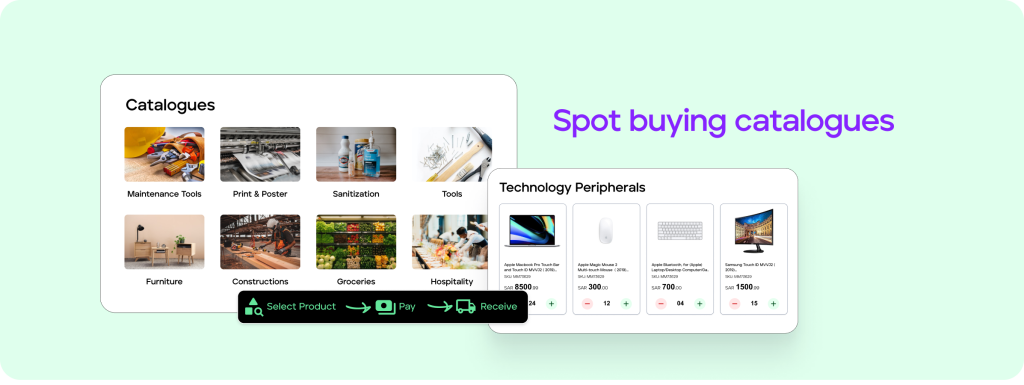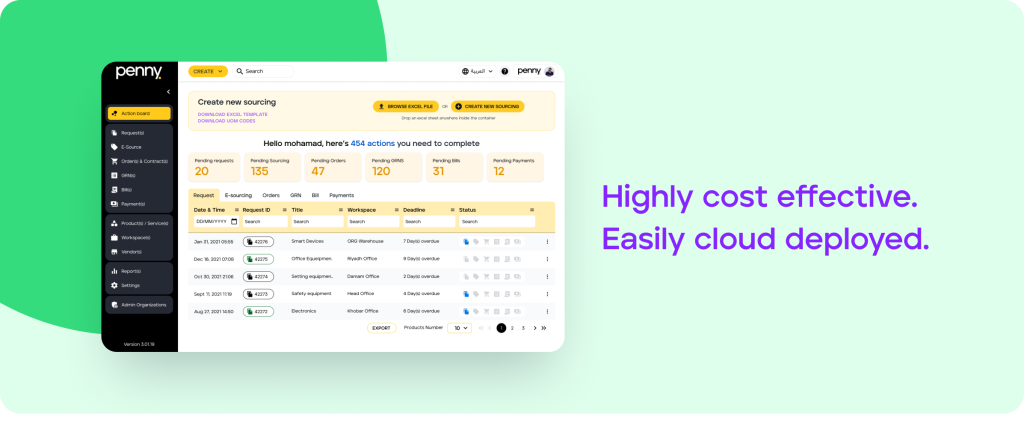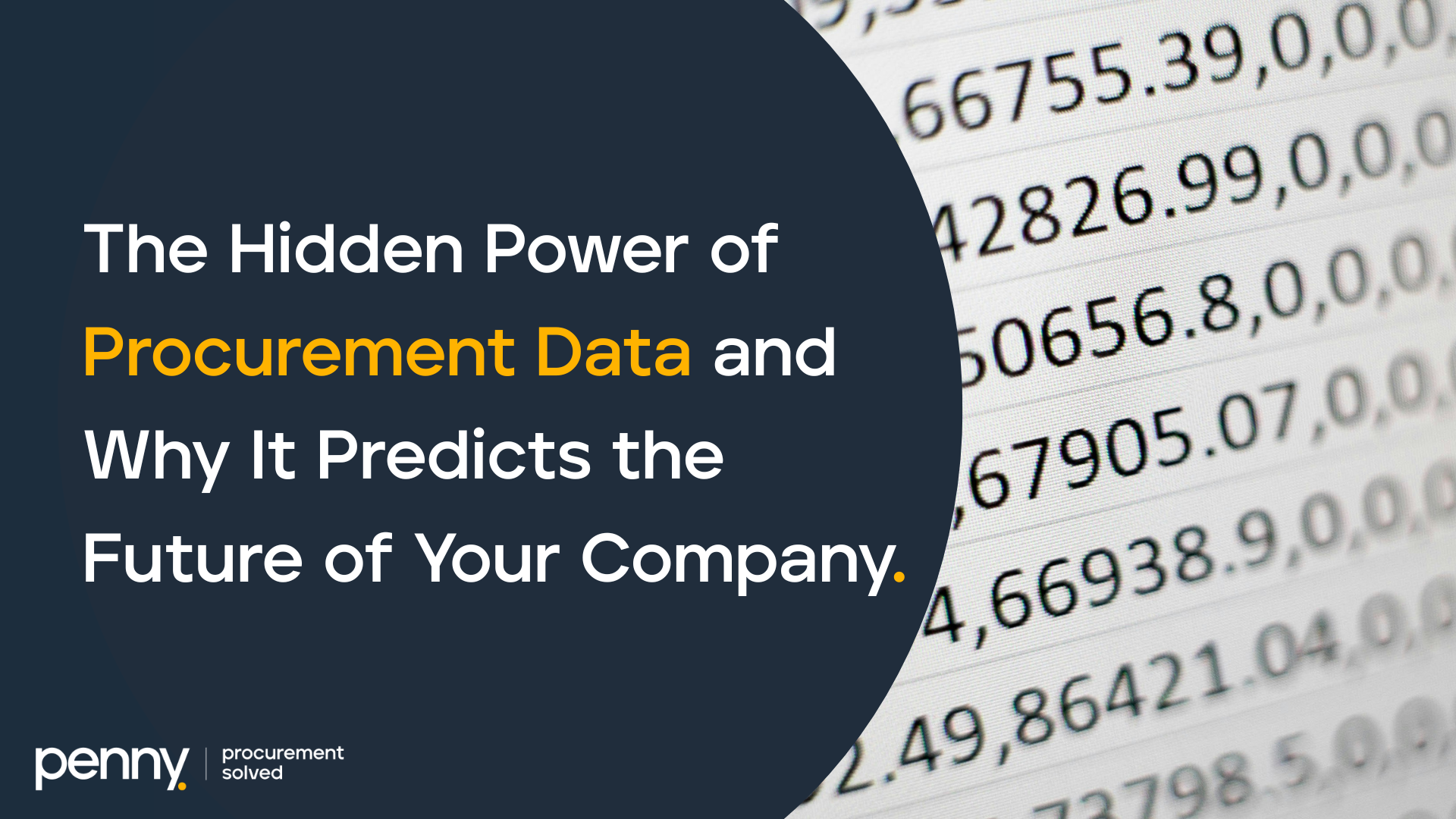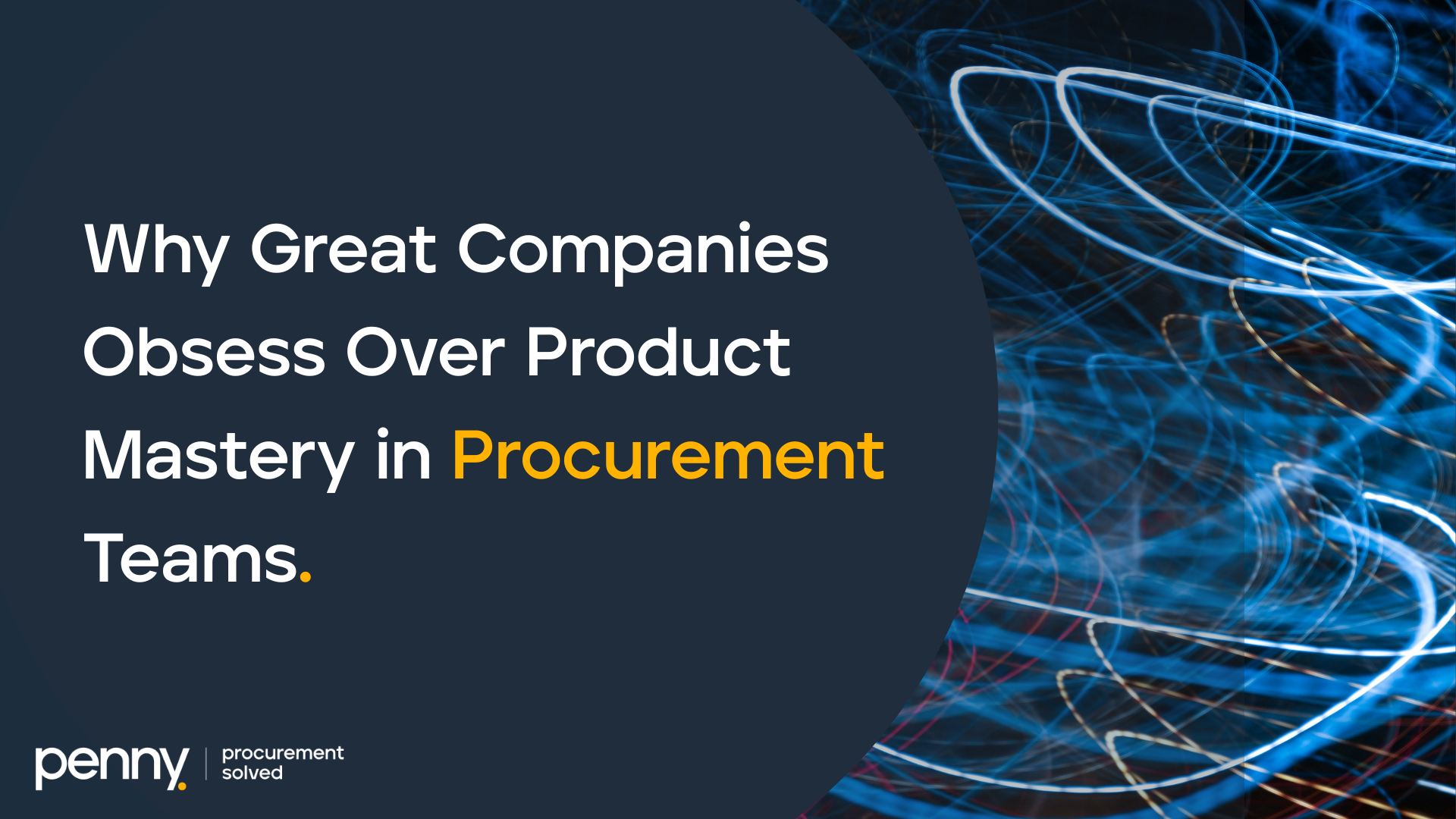Unplanned, unbudgeted, and uncontrolled spot buy can have all the appearance of harmless ad-hoc expenses – and the hallmarks of a disaster waiting to happen.
Many companies – particularly those that are young and need to respond quickly to events – rely on being able to make small spot purchases. Spot buy can be necessary when emergencies happen, when the value of a purchase is considered too small to warrant procurement or when unexpected project costs demand immediate action. Indeed, spot buying can be part and parcel of operational agility.
The problem with allowing unlimited or unmonitored spot buying is that a large volume of small purchases can quickly add up. This can lead to hidden ‘tail spend,’ with hundreds of small expenses hidden in a trail of emails, receipts, and credit card statements. And because spot buys typically happen outside procurement, they often evade the rigor of a formal RFP. Spot buys can, therefore, not only be expensive – they have the potential to undermine regulatory compliance or even break the law. To overcome these risks, many companies depend on online spot-buying catalogs.
Spot Buy Catalogues

On the surface, spot-buying catalogs seem like a great idea. As a one-stop marketplace, they offer the suggestion of convenience: everything a company needs in one space. By aggregating low-value deals and purchases, they present companies with what can appear to be an unlimited source of special offers –and therein lies the problem.
Using a spot-buying catalog requires huge amounts of time poring over vast lists of items before making a purchase – they are anything but time-efficient. And, because they only offer spot purchases, there is no opportunity to negotiate bulk purchase discounts and deals. Not only that but employees can be tempted to overbuy what appear to be great deals or unique purchases – all without the oversight and expertise of a procurement process. This leaves enormous room for inefficiencies and weak cost controls. And, with prices being updated daily, it quickly becomes easy to overpay when using a spot-buying catalog.
Take Charge

The first step to controlling spot purchases is to build a nuanced purchasing strategy that allows employees to instantly tap into an organized, signed-off list of vendors. When a procurement team converts every possible sourcing event into detailed categories, they have the ability to control who buys what, from who, and for what price.
When even the smallest purchases are organized into an e-procurement system (even an Excel spreadsheet is better than nothing at all), a company can guarantee that a pre-agreed list of suppliers, products, and services is always used, even for an ad-hoc spot buy. Such an approach then makes it possible for procurement teams to build vendor relationships, negotiate long-term deals and ensure that every penny spent meets compliance protocols.
Automation in Spot Buy
For many companies, the gold standard is to automate the entire procurement life cycle, bringing spot purchases under the management of the procurement team. Automation provides full visibility at every step of the purchasing process, bringing together supplier information, contracts, products, purchase history, and payment terms under one roof. And when every vendor and product is available under on centralized system, the need for employees to find one-off suppliers elsewhere can be eliminated. Crucially, automated procurement systems can dovetail into a company’s CRM and finance platforms so that all stakeholders can have real-time visibility.
Choose Penny

Recognizing the importance of procurement control, real-time spend management, and purchasing visibility; the end-to-end procurement platform Penny has been specifically designed to eradicate the need for uncontrolled spot purchases. Penny brings all suppliers – of all sizes – together in a dynamic, digital internal marketplace that makes it easy for employees to tap into a predetermined list of vendors for every eventuality.
Penny automates the entire procurement lifecycle, saving time, reducing person-hours, and minimizing space for human error. Penny also automates the sourcing of one-off or small purchases and handles quotes, proposals, invoices, receipts, payments, and communications between companies and their suppliers. The shortlisting and selection of vendors – even for urgent spot purchases – is handled autonomously with penny through data and algorithms. This makes it easy for procurement teams to leverage their purchasing power, maximize their vendor relationships, reduce errors, and optimize execution – making the job of procurement easier, faster, and much more productive.
Highly cost-effective and easily deployed through the cloud, a digital platform like Penny makes it possible for businesses of all shapes and sizes to rapidly get a grip on costs by delivering control, visibility, and leverage – allowing every company to say goodbye to the spot buy.


